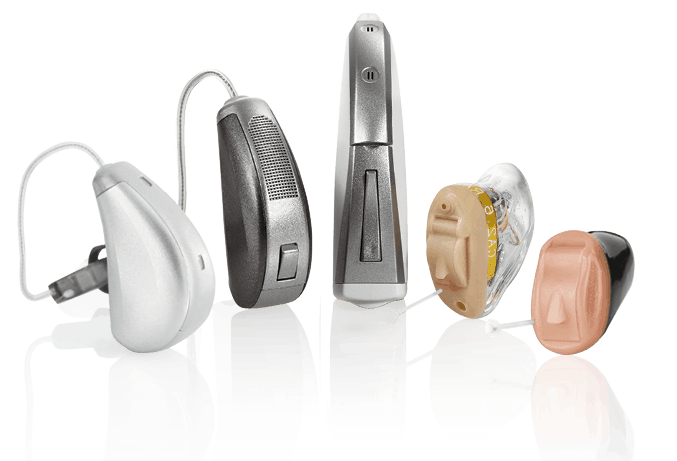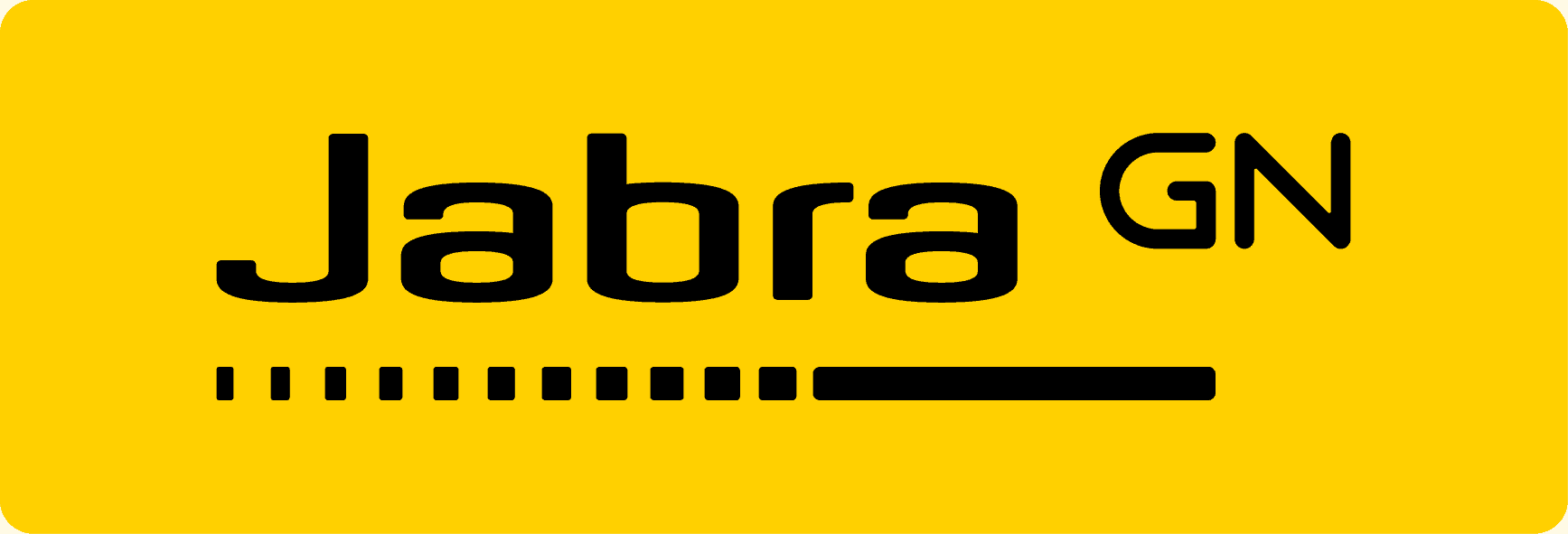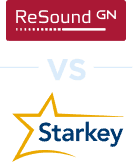
Starkey Hearing Aid Review: 2025 Cost and Pricing


A privately owned company based in the United States, Starkey Hearing Technologies has been in operation for more than 50 years. Once a small business, they have since become a world leader in hearing aid technology, offering a wide variety of products for people of all ages who have hearing loss. Today, the company’s products are sold in more than 100 countries around the world, and they’re one of our favorite hearing aid manufacturers.
Our Favorite OTC Brands
While Starkey hearing aids work well for some, they can easily cost upward of $4,000 for a pair, not to mention they require in-person audiologist visits. If you have mild to moderate hearing loss, then one of these three hearing aid brands might be right for you. Each of them offers devices for under $1,5000 for a pair.
Pros and Cons of Starkey Hearing Aids
Starkey Pros
- Wide range of models and styles
- Suitable for all levels of hearing loss
- Thrive hearing app
- Made-for-iPhone technology
- Tinnitus therapies
- Medical alert features
Starkey Cons
- Cannot be purchased online
- Potentially more costly than other brands
Starkey Hearing Aid Models
Starkey hearing aids come in a wide variety of models and styles, including RIC, CIC, BTE, and invisible hearing aids. When it comes to technology, their latest models feature advanced sound processing, Bluetooth technology, and even artificial intelligence that can track a user’s physical and brain health. Starkey is an innovative company that regularly releases new models. In the last few years, they have released these hearing aid families:
2024: Edge AI, Signature Series
2023: Genesis AI
2021: Evolv AI
2018: Livio AI

Currently, Starkey sells four different models: Edge AI, Genesis AI, Evolv AI, and Livio AI, all of which can be fit differently by your audiologist. These models can be fit and adjusted completely remotely as well, if your hearing health-care provider supports telehealth.

Older Models: Depending on where you purchase from, you may be able to find older models such as Starkey’s Halo.
Edge AI
Starkey’s most advanced model, Edge AI, was released in October 2024. All the Edge styles, which include the mini receiver-in-canal (RIC), RIC, and custom aids, are identical to the previous model, Genesis AI, but with additional waterproofing. The biggest changes are on the inside. Edge AI features superb sound performance in addition to artificial intelligence, which allows for health tracking and automatic adjustments. It also features:
- Pro8 HydraShield: waterproof up to 1 meter (3.3 feet) for 30 minutes
- G2 Neuro Processor: This integrated AI sound processor uses a Deep Neural Network (DNN) to process language in a way similar to how the brain would, which provides real-time adaptation to the sound environment to enhance speech and reduce noise.
- Bluetooth technology: makes it a breeze to connect your TV or phone to your hearing aids for direct streaming
- Rechargeable batteries: batteries last up to 51 hours on a single 3.5-hour charge, one of the longest battery lives in the industry
- Edge Mode: an even more active AI sound processor that can be manually controlled and turned on and off by the user. If you are an IOS user, it can even be controlled via the Apple Watch!
- Auracast: Edge AI hearing aids have Auracast hardware, so after a firmware update, the aids become Auracast-compatible. Auracast is a Bluetooth technology that allows a single source to broadcast sound to multiple receivers. Imagine there is a muted TV in a waiting room that is broadcasting with Auracast. You could tune in with your hearing aids or headphones and receive the broadcast directly, at whatever volume you choose. It’s likely that Auracast will be available in many public spaces in the future, so these hearing aids put you ahead of the curve.
- Fall detection: similar to that of a medical alert system, which will automatically detect a fall and notify the contacts you choose.
- Body tracking: tracks your daily movements and monitors your physical activity.
- Tinnitus masking: allows users to dull the symptoms of tinnitus through the strategic deployment of soothing noises.
COVID Hearing Aids: Many Starkey models feature a mask mode that will boost speech frequencies so that you can hear people better even while they’re wearing masks.
Genesis AI
The Genesis AI hearing aid combines incredible sound performance with unique health features, making this hearing aid one component of an overall health-monitoring strategy. Its features include:
- Rechargeable batteries: that can last up to 24 hours per charge.
- Bluetooth technology: that allows for direct streaming of phone calls, music, and television.
- Personalized memories: of sound environments so you can save your settings between them. For example, in a coffee shop, this model can remember to tune out more background noise.
- Body tracking: that will record daily metrics of your movement.
While Genesis AI is not as advanced as Edge AI, it makes up for this with compatible accessories. Genesis AI is compatible with StarLink Remote Control 2.0, the StarLink Mini Remote Microphone, the StarLink TV Streamer, StarLink Remote Microphone + and the StarLink Table Microphone. Remote microphones are a great choice for people who are regularly in large spaces, such as a long conference table, for example. You can set the mic on one end of the table while you sit at the other and have all the sound from the mic streamed directly into your hearing aids!
Evolv AI
Although Evolv AI is an older model, it is still sold by Starkey. It’s the only Starkey aid to come in a traditional behind-the-ear style and has a tube rather than a wire, like RICs have. Some hearing aid users need traditional BTEs for medical reasons, such as frequent ear drainage. If your hearing health-care provider has recommended you stick with traditional BTEs, the Evolv AI is an excellent choice that still includes AI processing, fall detection, and app control. Evolv AI aids offer:
- Direct streaming: from phones, music players, and televisions.
- Adaptive listening: that will automatically adjust sound settings based upon background noise and geographic location.
- Feedback reduction: that will eliminate buzzing or whistling noises from your hearing.
Signature Series
In April 2024, Starkey released its Signature Series, the first invisible, completely-in-the-canal (CIC) rechargeable aids. The signature series also offers tinnitus masking and noise reduction. Starkey is known for well-fitting custom aids, and the Signature Series is no exception. However, if you’re looking for audio streaming from your phone or TV, it would be better to consider a custom-style Evolv AI, Genesis AI, or Edge AI, because the Signature Series is too small for a wireless chip and does not have wireless connectivity.

Starkey Hearing Aids Pricing
Starkey Hearing Technologies does not sell its hearing devices directly to consumers. Therefore, prices can vary depending on the model, its specific features, and even which distributor you purchase from. Generally speaking, Starkey hearing aids will range from $1,500 – $3,000 per hearing aid, making them one of the premium hearing aid manufacturers.
With that said, Starkey strives to provide affordable devices and offers a variety of payment plans and financing options. If you are eligible for veterans’ benefits, you may be able to get hearing aids completely covered through the US Department of Veterans Affairs (VA).
To purchase a hearing aid from Starkey, you’ll want to start by visiting your local audiologist or hearing health provider. There, they’ll conduct a hearing test, assess your needs, and ultimately suggest the right model to assist your hearing. They’ll also fit and program your hearing aids, something you won’t get when purchasing directly online.
Starkey Accessories
In addition to the hearing aids themselves, Starkey also offers accessories that can augment the functionality of their aids.
- TV Streamers allow you to stream audio directly from your TV or another audio source to your hearing aids.
- Remote Microphones and Table Microphones can make it easier to hear people in noisy settings. By placing a remote microphone in front of your conversation partner, you’ll be able to better tune out background noise and hone in on your conversation.
Starkey also features two different apps that provide additional hearing features.
- Thrive Hearing Control allows you to adjust volume, change sound settings, and even monitor activity levels right from your smartphone.
- Thrive Care allows you to share these metrics with a network of loved ones and caregivers.
Are Starkey Hearing Aids Good?
Starkey Hearing Technologies strives to provide affordable and innovative listening devices that suit a range of needs for all types of people. While they are certainly on the higher end when it comes to price, few other hearing aid brands deliver such exceptional sound quality. This, combined with their advanced healthcare features, make Starkey one of our favorite hearing aid providers.
Compare Starkey to Other Brands
Frequently Asked Questions
-
How much do Starkey hearing aids cost?
Since they are not sold directly to consumers, Starkey hearing aid prices will vary depending upon the model, style, and the place where you purchase it from.
-
Can Starkey hearing aids cure tinnitus?
While there is no cure for tinnitus, some Starkey hearing aids feature tinnitus therapies that can help treat the conditions of tinnitus.
-
How do you adjust Starkey hearing aids?
Starkey hearing aids can be adjusted remotely or through their smartphone apps and remote controls.







